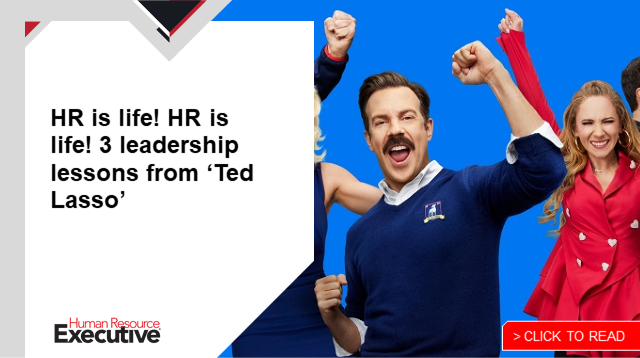When faced with crisis, human beings often adapt and learn. And the last two years of the deadly global pandemic have proven that: Employees are eager to learn new skills as they reassess their current jobs and future careers.
This is the time for learning and development to deliver what employees need, said Summer Salomonson, vice president of content products for L&D provider Cornerstone, in her HR Tech Virtual session entitled, “Learning stakes center stage: How the pandemic and Great Resignation are super-charging L&D.” (Register here.)
“When the chips are down and life seems hardest, we humans learn. This is what we do. We try a new something. We pick up a new skill,” she said.
Since the start of the pandemic, Cornerstone and other L&D technology providers have seen the market explode, and it has continued an upward trend ever since. Cornerstone, for example, has 75 million users globally of its a la carte educational offerings; for Cornerstone’s North American clients, the leading courses are Agile and Scrum 101, its project management offerings.
“Over 2021, things slightly leveled out as people got used to the notion of learning things at work,” she said. “Now is the time to capitalize on this trend.”
 The Great Resignation is driving this push for new skills and knowledge. Salomonson quoted Elisa Gould of the Economic Policy Institute: “The Great Resignation label suggests workers leaving jobs are dropping out of the labor force altogether but the vast majority of quits are people moving to new jobs.”
The Great Resignation is driving this push for new skills and knowledge. Salomonson quoted Elisa Gould of the Economic Policy Institute: “The Great Resignation label suggests workers leaving jobs are dropping out of the labor force altogether but the vast majority of quits are people moving to new jobs.”
“This is an employee’s market,” said Salomonson, “and this is our opportunity to double-down on learning strategy and what gets people excited about work.”
This means that it’s imperative for L&D leaders to create a strategy of delivering content. A smart strategy can allow HR to find success with remote workers and can also promote mental health and wellness, address unconscious bias and build a respectful workplace.
Building the right content strategy involves:
- Aligning programs with business goals. “This is a challenging and changing environment,” said Salomonson. Having a clear handle on business goals can help with the design of content that “is most valuable to move forward.”
- Identifying and engaging the right stakeholders. “Knowing who you need to convince early on is one of the most critical steps you can take to drive a content strategy forward,” she said.
- Establishing a measurement plan at the outset. “Ask, ‘How does my organization measure the success of other programs?’ Is it smile sheets or surveys? Ask how to quantify success instead of ROI, which you will not hit anyway.”
- Maintaining sight of your program’s goals. “If you have momentum with the L&D program, keep other projects out of the pot as much as you can. Stay focused and add other elements later,” Salomonson said.
With a well-designed content strategy, L&D can be invaluable both for onboarding new hires and leadership development, but HR needs to refresh older learning programs in terms of duration, topic and delivery.
See also: 10 newer HR truths of the HR tech market
“Onboarding is usually shoving forms for them to fill out and learning at them in one week and then moving them on to their job,” said Salomonson. “This is not the best way. Ask what is essential for who and what can wait.”
Likewise, for developing leaders, multi-year L&D plans might be unwise in an uncertain world. “So much is changing right now that you might not get to that place,” said Salomonson.
And promoting L&D programs just might hinge on that often-overlooked demographic inside today’s organizations: middle managers.
 “Research shows that change that is most successful is at companies that have engaged their middle managers,” said Salomonson. “Once you get their buy-in, you will see a huge amount of success.”
“Research shows that change that is most successful is at companies that have engaged their middle managers,” said Salomonson. “Once you get their buy-in, you will see a huge amount of success.”
Registered attendees can watch the entire Cornerstone presentation here.
The post Why employees seek learning in times of crisis appeared first on HR Executive.